
Born
September 28th, 1907
Passed Away
March 23rd, 1931
Popularly Known as
Saheed Bhagat Singh
Occupation
Freedom fighter
Religion
Sikh
Native
Lahore
Country
India
RAM NAM ME LIN HAI, DEKHAT SABME RAMTAKE PAD VANDAN KARUN, JAI JAI JAI JALARAM
Shradhanjali By
www.shradhanjali.com
Biography of Bhagatsingh Kishansingh Sandhu
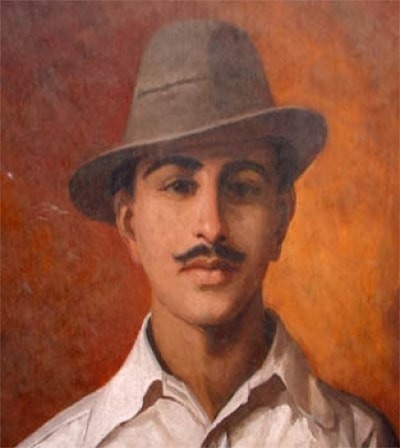
Kishan Singh Sandhu and Vidyavati in the Khatkar Kalan village near Banga in the Lyallpur district of Punjab. Singh's given name of Bhagat means "devotee", and he was nicknamed "Bhaganwala" by his grandmother, meaning "The lucky one". He came from a patriotic Jatt Sikh family, some of whom had participated in movements supporting the independence of India and others who had served in Maharaja Ranjit Singh's army. His grandfather, Arjun Singh, was a follower of Swami Dayananda Saraswati's Hindu reformist movement, Arya Samaj,which would carry a heavy influence on Singh. His uncles, Ajit Singh and Swaran Singh, as well as his father were members of the Ghadar Party, led by Kartar Singh Sarabha Grewal and Har Dayal. Ajit Singh was forced to flee to Persia because of pending cases against him while Swaran Singh was hanged on 19 December 1927 for his involvement in the Kakori train robbery of 1925.
Unlike many Sikhs his age, Singh did not attend Khalsa High School in Lahore, because his grandfather did not approve of the school officials' loyalism to the British authorities. Instead, his father enrolled him in Dayanand Anglo Vedic High School, an Arya Samajist school. At age 13, Singh began to follow Mahatma Gandhi's Non-Cooperation Movement. At this point he had openly defied the British and had followed Gandhi's wishes by burning his government-school books and any British-imported clothing. Following Gandhi's withdrawal of the movement after the violent murders of policemen by villagers from Chauri Chaura, Uttar Pradesh, Singh, disgruntled with Gandhi's nonviolence action, joined the Young Revolutionary Movement and began advocating a violent movement against the British.
In 1923, Bhagat famously won an essay competition set by the Punjab Hindi Sahitya Sammelan. This grabbed the attention of members of the Punjab Hindi Sahitya Sammelan including its General Secretary Professor Bhim Sen Vidyalankar. At this age, he quoted famous Punjabi literature and discussed the Problems of the Punjab. He read a lot of poetry and literature which was written by Punjabi writers and his favourite poet was Allama Iqbal from Sialkot.
In his teenage years, Bhagat Singh started studying at the National College in Lahore,but ran away from home to escape early marriage, and became a member of the organisation Naujawan Bharat Sabha ("Youth Society of India").In the Naujawan Bharat Sabha, Singh and his fellow revolutionaries grew popular amongst the youth. He also joined the Hindustan Republican Association through introduction by history teacher, Professor Vidyalankar, which had prominent leaders like Ram Prasad Bismil, Chandrashekhar Azad and Ashfaqulla Khan. It is believed that he went to Kanpur to attempt free Kakori train robbery prisoners from the jail, but returned to Lahore for unknown reasons. On the day of Dasara in October 1926, a bomb was blasted in Lahore, and Bhagat Singh was arrested for his alleged involvement in this Dasara Bomb Case in 29 May 1927,and was released on a bail of Rs.60,000 after about five weeks of his arrest. He wrote for and edited Urdu and Punjabi newspapers published from Amritsar. In September 1928, a meeting of various revolutionaries from across India was called at Delhi under the banner of the Kirti Kissan Party. Bhagat Singh was the secretary of the meet. His later revolutionary activities were carried out as a leader of this association.
- Later revolutionary activities
- Lala Lajpat Rai's death and the Saunders murder
The British government created a commission under Sir John Simon to report on the current political situation in India in 1928. The Indian political parties boycotted the commission because it did not include a single Indian as its member and it was met with protests all over the country. When the commission visited Lahore on 30 October 1928, Lala Lajpat Rai led the protest against Simon Commission in a silent non-violent march, but the police responded with violence. Lala Lajpat Rai was beaten with lathis at the chest. He later succumbed to his injuries. Bhagat Singh, who was an eyewitness to this event, vowed to take revenge. He joined with other revolutionaries, Shivaram Rajguru, Jai Gopal and Sukhdev Thapar, in a plot to kill the police chief, Scott. Jai Gopal was supposed to identify the chief and signal for Singh to shoot. However, in a case of mistaken identity, Gopal signalled Singh on the appearance of J. P. Saunders, a Deputy Superintendent of Police. Thus, Saunders, instead of Scott, was shot. Shahid Bhagat Singh quickly left Lahore to escape the police. To avoid recognition, he shaved his beard and cut his hair, a violation of the sacred tenets of Sikhism.
- Bomb in the assembly
In the face of actions by the revolutionaries, the British government enacted the Defence of India Act to give more power to the police. The purpose of the Act was to combat revolutionaries like Bhagat Singh. However, the Act was then passed under the ordinance that claimed that it was in the best interest of the public. In response to this act, the Hindustan Socialist Republican Association planned to explode a bomb in the Central Legislative Assembly where the ordinance was going to be passed. This idea was originated by Bhagat Singh, who was influenced by a similar bombing by a martyr anarchist Auguste Vaillant in the French Assembly. It was decided that Bhagat Singh should go to Russia, while Batukeshwar Dutt should carry on the bombing with Sukhdev. Sukhdev then forced Bhagat Singh to call for another meeting and here it was decided, against the initial agreement, that Batukeshwar Dutt and Bhagat Singh would carry on the bombing. Bhagat Singh also disapproved that the two should be escorted after the bombing by the rest of the party.
On 8 April 1929, Singh and Dutt threw a bomb onto the corridors of the assembly and shouted "Inquilab Zindabad!" ("Long Live the Revolution!"). This was followed by a shower of leaflets stating that it takes a loud voice to make the deaf hear.
The bomb neither killed nor injured anyone; Singh and Dutt claimed that this was deliberate on their part, a claim substantiated both by British forensics investigators who found that the bomb was not powerful enough to cause injury, and by the fact that the bomb was thrown away from people. Singh and Dutt gave themselves up for arrest after the bomb. He and Dutt were sentenced to 'Transportation for Life' for the bombing on 12 June 1929.
- Trial and execution
On 15 April 1929, the 'Lahore Bomb Factory' was discovered by the Lahore police, and the other members of HSRA were arrested, out of which 7 turned informants, helping the police to connect Bhagat Singh in the murder of J. P. Saunders. Bhagat Singh, Rajguru, and Sukhdev were charged with the murder. Bhagat Singh decided to use the court as a tool to publicise his cause for the independence of India. The case was ordered to be carried out without members of the HSRA present at the hearing. This created an uproar amongst Singh's supporters as he could no longer publicise his views.
While in jail, Bhagat Singh and other prisoners launched a hunger strike advocating for the rights of prisoners and those facing trial. The reason for the strike was that British murderers and thieves were treated better than Indian political prisoners, who, by law, were meant to be given better rights. The aims in their strike were to ensure a decent standard of food for political prisoners, the availability of books and a daily newspaper, as well as better clothing and the supply of toiletry necessities and other hygienic necessities. He also demanded that political prisoners should not be forced to do any labour or undignified work. During this hunger strike that lasted 63 days and ended with the British succumbing to his wishes, he gained much popularity among the common Indians. Before the strike his popularity was limited mainly to the Punjab region.
Muhammad Ali Jinnah, one of the politicians present when the Central Legislative Assembly was bombed, made no secret of his sympathies for the Lahore prisoners - commenting on the hunger strike he said "the man who goes on hunger strike has a soul. He is moved by that soul, and he believes in the justice of his cause." And talking of Singh's actions said "however much you deplore them and however much you say they are misguided, it is the system, this damnable system of governance, which is resented by the people".
On 1 May 1930, by declaring an emergency, an ordinance was passed by Lord Irwin, that shifted the Lahore Conspiracy Case Trial from the court of Rai Sahib Pandit Sri Kishan to a Special Tribunal of three judges. This Special Tribunal was given the power to proceed with the case in the absence of the accused and accept death of the persons giving evidence as a benefit to the defence. Also, the verdict of this special court could not be challenged in higher court. On 7 October 1930, this tribunal convicted Singh among others and sentenced him to be hanged till death.
An abortive plan had been made to rescue Bhagat Singh and fellow inmates of HSRA from the jail, for the purpose of which Bhagwati Charan Vohra made bombs, but died making them as they exploded accidentally.
Bhagat Singh also maintained the use of a diary, which he eventually made to fill 404 pages. In this diary he made numerous notes relating to the quotations and popular sayings of various people whose views he supported. Prominent in his diary were the views of Karl Marx and Friedrich Engels. The comments in his diary led to an understanding of the philosophical thinking of Bhagat Singh. While in the condemned cell, he also wrote a pamphlet entitled "Why I am an atheist", as he was being accused of vanity by not accepting God in the face of death. It is also said that he signed a mercy petition through a comrade Bijoy Kumar Sinha on 8 March 1931.
On 23 March 1931, Bhagat Singh was hanged in Lahore with his fellow comrades Rajguru and Sukhdev. His supporters, who had been protesting against the hanging, immediately declared him as a shaheed or martyr. According to the Superintendent of Police at the time, V.N. Smith, the hanging was advanced:
Normally execution took place at 8 am, but it was decided to act at once before the public could become aware of what had happened...At about 7 pm shouts of Inquilab Zindabad were heard from inside the jail. This was correctly, interpreted as a signal that the final curtain was about to drop.
* Bhagat Singh Memorial
Singh was cremated at Hussainiwala on banks of Sutlej river. Today, the Bhagat Singh Memorial commemorates freedom fighters of India.
* Bhagat Singh Museum
A museum by the name "Shaheed-e-azam Sardar Bhagat Singh Museum" has been built at his maternal village, where sand and newspaper stained with his blood and his half burnt bones are preserved.
- Ideals and opinions
Bhagat Singh was attracted to anarchism and communism. Both communism and western anarchism had influence on him. He read the teachings of Marx, Engels, Lenin, Trotsky and Bakunin. Bhagat Singh did not believe in Gandhian philosophy and felt that Gandhian politics would replace one set of exploiters with another. Singh was an atheist and promoted the concept of atheism by writing a pamphlet titled Why I am an Atheist. Bhagat Singh was also an admirer of the writings of Irish revolutionary Terence MacSwiney.When Bhagat Singh's father petitioned the British government to pardon his son, Bhagat Singh quoted Terence MacSwiney and said ""I am confident that my death will do more to smash the British Empire than my release" and told his father to withdraw the petition.
Some of his writings like "Blood Sprinkled on the Day of Holi Babbar Akalis on the Crucifix" were influenced by the struggle of Dharam Singh Hayatpur.
- Anarchism
From May to September, 1928, Bhagat Singh serially published several articles on anarchism in Punjabi periodical Kirti. He expressed concern over misunderstanding of the concept of anarchism among the public. Singh tried to eradicate the misconception among people about anarchism. He wrote, "The people are scared of the word anarchism. The word anarchism has been abused so much that even in India revolutionaries have been called anarchist to make them unpopular." As anarchism means absence of ruler and abolition of state, not absence of order, Singh explained, "I think in India the idea of universal brotherhood, the Sanskrit sentence vasudhaiva kutumbakam etc., has the same meaning." He wrote about the growth of anarchism,"the first man to explicitly propagate the theory of Anarchism was Proudhon and that is why he is called the founder of Anarchism. After him a Russian, Bakunin, worked hard to spread the doctrine. He was followed by Prince Kropotkin etc."
- Singh explained anarchism :
* Marxism
Bhagat Singh was also influenced by Marxism. Indian historian K. N. Panikkar described Singh as one of the early Marxists in India. From 1926, Bhagat Singh studied the history of the revolutionary movement in India and abroad. In his prison notebooks, Singh used quotations from Vladmir Lenin (on imperialism being the highest stage of capitalism) and Trotsky on revolution. In written documents, when asked what was his last wish, he replied that he was studying the life of Lenin and he wanted to finish it before his death.
* Atheism
Singh began to question religious ideologies after witnessing the Hindu-Muslim riots that broke out after Gandhi disbanded the Non-Cooperation Movement. He did not understand how members of these two groups, initially united in fighting against the British, could be at each others' throats because of their religious differences. At this point, Singh dropped his religious beliefs, since he believed religion hindered the revolutionaries' struggle for independence, and began studying the works of Bakunin, Lenin, Trotsky — all atheist revolutionaries. He also took an interest in Niralamba Swami's book Common Sense, which advocated a form of "mystic atheism".
While in a condemned cell in 1931, he wrote a pamphlet entitled Why I am an Atheist in which he discusses and advocates the philosophy of atheism. This pamphlet was a result of some criticism by fellow revolutionaries on his failure to acknowledge religion and God while in a condemned cell, the accusation of vanity was also dealt with in this pamphlet. He supported his own beliefs and claimed that he used to be a firm believer in The Almighty, but could not bring himself to believe the myths and beliefs that others held close to their hearts. In this pamphlet, he acknowledged the fact that religion made death easier, but also said that unproved philosophy is a sign of human weakness.
- Death
Bhagat Singh was known for his appreciation of martyrdom. His mentor as a young boy was Kartar Singh Sarabha. Singh is himself considered a martyr for acting to avenge the death of Lala Lajpat Rai. In the leaflet he threw in the Central Assembly on 9 April 1929, he stated that It is easy to kill individuals but you cannot kill the ideas. Great empires crumbled while the ideas survived. After engaging in studies on the Russian Revolution, he wanted to die so that his death would inspire the youth of India which in turn will unite them to fight the British Empire.
While in prison, Bhagat Singh and two others had written a letter to the Viceroy asking him to treat them as prisoners of war and hence to execute them by firing squad and not by hanging. Prannath Mehta, Bhagat Singh's friend, visited him in the jail on 20 March, four days before his execution, with a draft letter for clemency, but he declined to sign it.
Family Tree of Bhagatsingh Kishansingh Sandhu


Vidyavati Kishansingh Sandhu

Sardar Kishansingh Sandhu
Videos of Bhagatsingh Kishansingh Sandhu
No videos
Post a tribute & share memories
Fond Memories & Remembrance
Related Profiles
Post Condolences



 Profile Home
Profile Home Biography
Biography Family
Tree
Family
Tree Photo
Album
Photo
Album Video
Video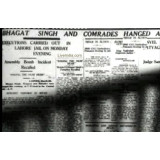
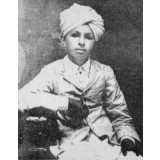
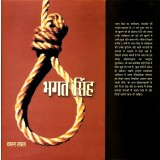
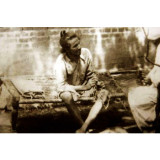

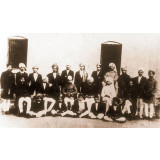
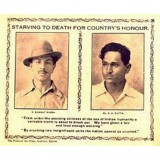
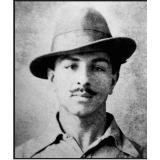
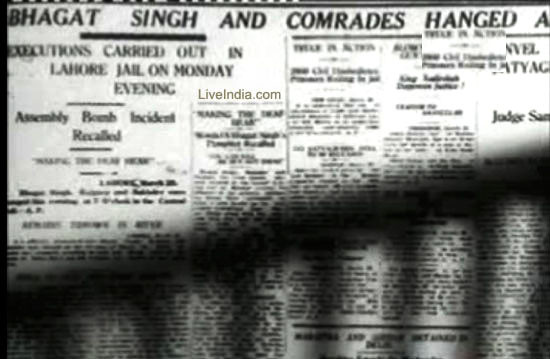



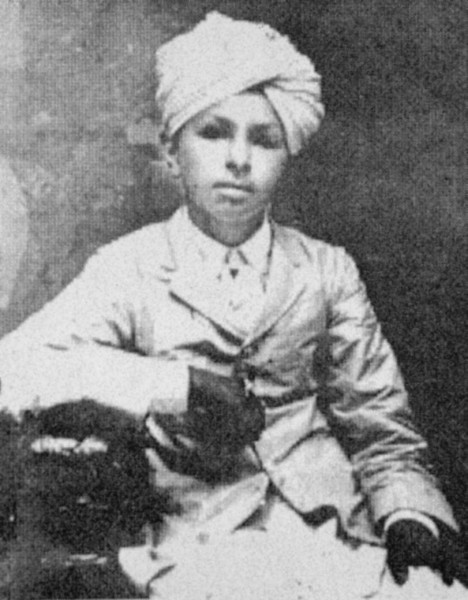
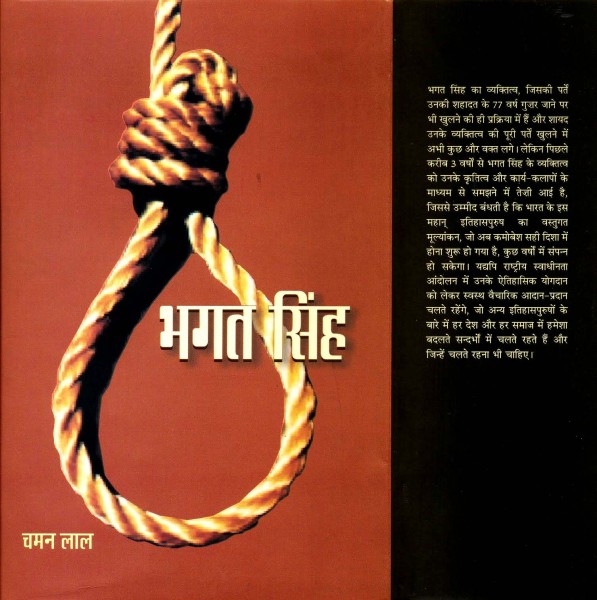
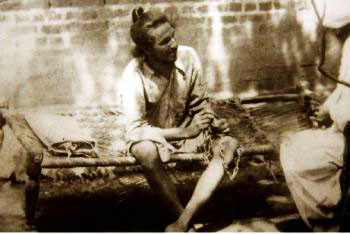
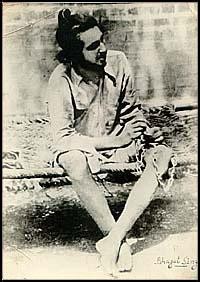
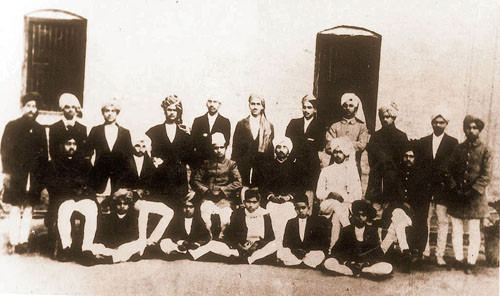
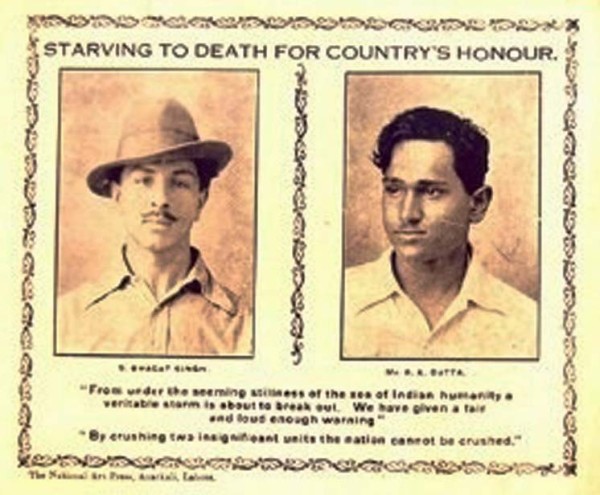
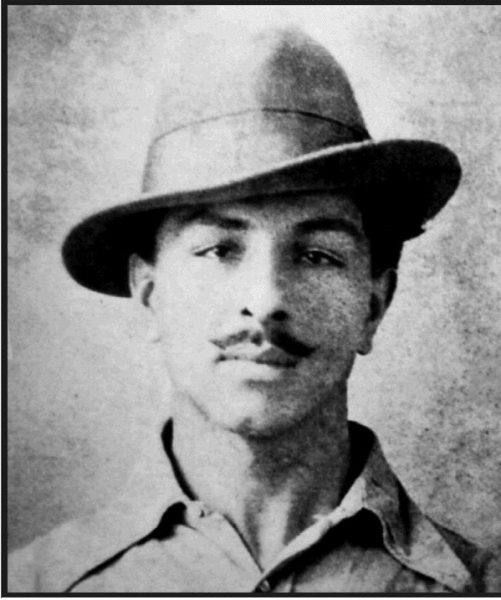

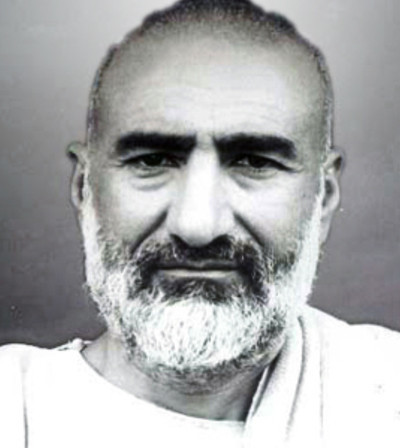
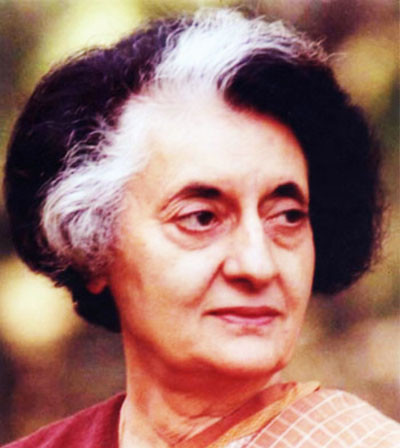
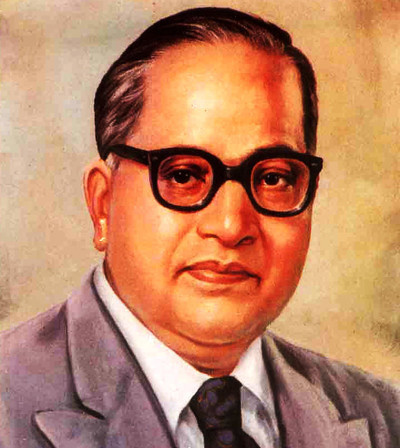
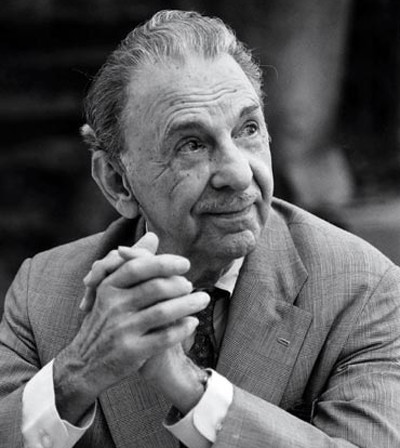
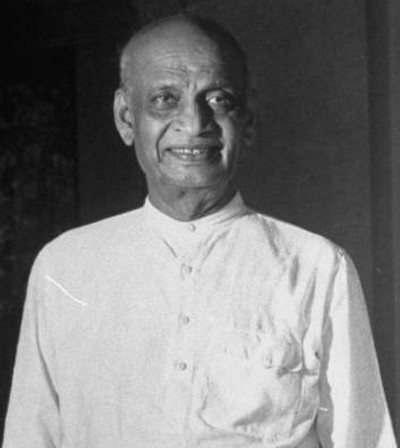
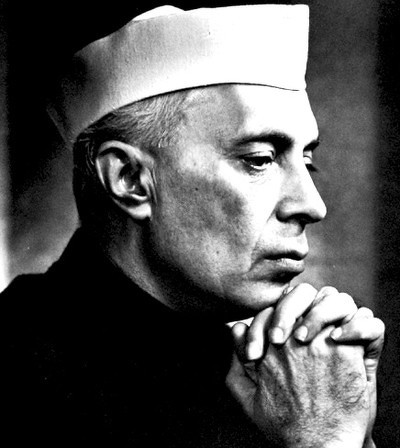
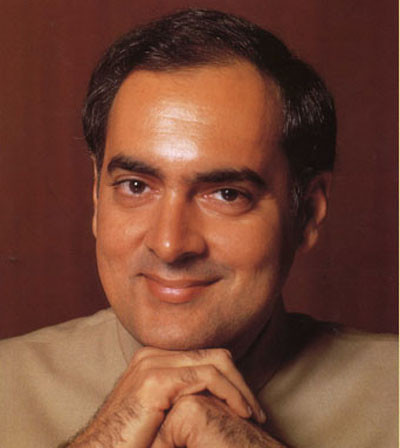
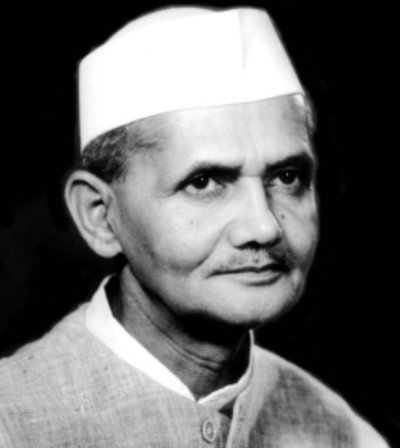
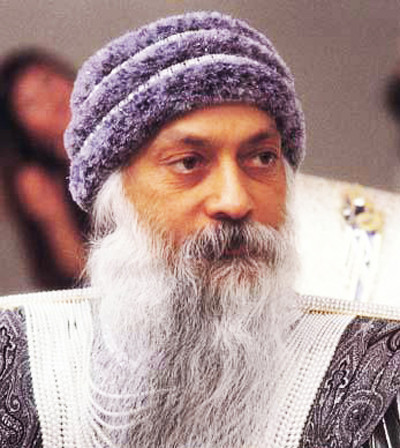

Deepjyoti Das
11 months ago
Vivek
5 years ago
MixVOP
5 years ago
Viresh vora
10 years ago
ભારત માતા ના વિર સપુત ને કરોડો પ્રણામ.
ભારત માતા ના વિર સપુત ને કરોડો પ્રણામ.
Nitin
13 years ago